Here's Who Made Gartner's 2017 Magic Quadrant For Data Center Networking
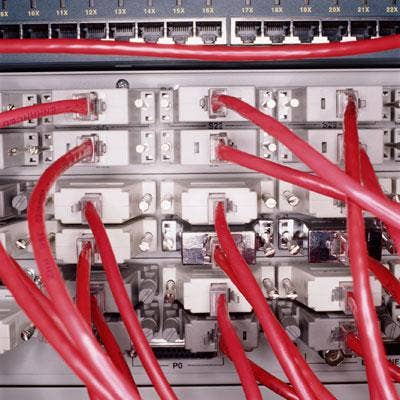
State Of The Data Center Networking Market
Network offerings for data centers are evolving to support better agility and cloud architectures, with enterprises needing more integration and orchestration between the network and the rest of the infrastructure, according to Gartner's 2017 Magic Quadrant for Data Center Networking report.
The data center market this year is being driven by replacement of existing switches that are becoming obsolete, expansion of network infrastructure to support new applications and services, and the adoption of new solutions that increase ease of operations and cost-effectivities of the infrastructure.
Gartner said although businesses frequently mention the need to contain cost, price is not the main driver for most enterprise buyers, and the availability of lower-cost alternatives is often not enough to trigger a supplier change.

Data Center Networking Research Methodology
Gartner's research report covers data center networking hardware and software offerings including spine switches, server access switches, virtual switching, programmable fabrics, network automation and open-source approaches such as hardware and software disaggregation.
Gartner's Magic Quadrant ranks vendors on their ability to execute and completeness of vision and places them in four categories: Niche Players (low on vision and execution), Visionaries (good vision but low execution), Challengers (good execution but low vision) and Leaders (excelling in both vision and execution).
Here are the 13 vendors that made this year's Magic Quadrant for data center networking, along with Gartner's assessments of each company's strengths and weaknesses.

Leader: Arista Networks
Santa Clara, Calif.-based Arista Networks is the Magic Quadrant leader in vision and ranks second place in execution. Arista is focused exclusively on data center networking and continues to grow above market rates – reaching nearly 10 percent market share in 2016.
The vendor's hardware strategy is based on leveraging merchant silicon from multiple suppliers with its focus primarily on software and management. Its Extensible Operating System (EOS) software is highly programmable and can be integrated with nearly all third-party cloud management and orchestration infrastructures, while its CloudVision product provides a central point of management.
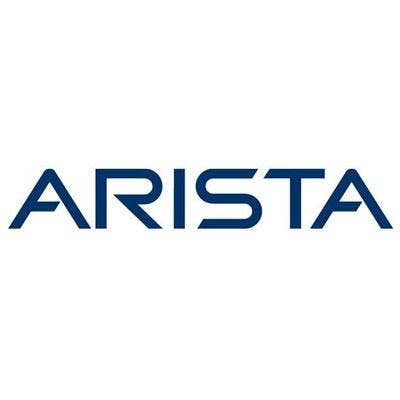
Arista Networks
Strengths: Arista offers a flexible solution that can integrate with a wide range of third-party software orchestration and software-defined networking products through open interfaces and programmability. CloudVision provides networkwide centralized state (NetDB) including telemetry and application visibility capabilities along with extensible APIs and a software development kit.
Weaknesses: Although the vendor now has an installed base in 70 countries, its main presence remains solely with large customers in North America and Western Europe. Arista's focus only on data center solutions limits its ability to extend its capabilities to the campus and WAN.
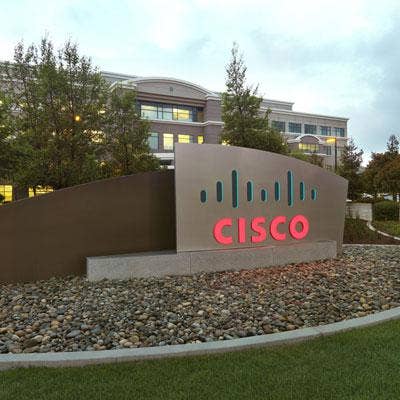
Leader: Cisco
The San Jose, Calif.-based networking giant is the most visible vendor in the data center market, owning a vast portfolio of switches, servers, hyper-converged infrastructures, cloud management software and security. Cisco's revenue is more than five times greater than the nearest competitor, according to Gartner.
Cisco's flagship data center networking offering is its Nexus 9000 switches running Cisco Application Centric Infrastructure (ACI) software, although it also offers Nexus Fabric Manager and a BGP Ethernet Virtual Private Networks (EVPN). Cisco has over 3,500 paying ACI customers although many use ACI for network automation compared to its policy-based capabilities. Cisco is the leader in execution on the Magic Quadrant and ranks No. 5 in vision.
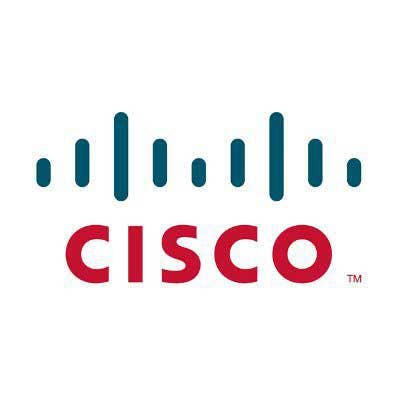
Cisco
Strengths: Cisco's ACI provides fabric automation, policy-based orchestration and service chaining capability, while supporting integration with dozens of networking partners including Citrix Systems, F5 Networks, Check Point Software Technologies and Infoblox. The networking leader has a deep portfolio along with a large loyal installed base and channel partners.
Weaknesses: The company's overall proposals are the most expensive in deals that Gartner observed. Cisco's cost per 10-G port of $307 is much higher than the 2016 market average of $165. Customers also report complexity issues, both financial and technical, when migrating from legacy infrastructure to ACI.
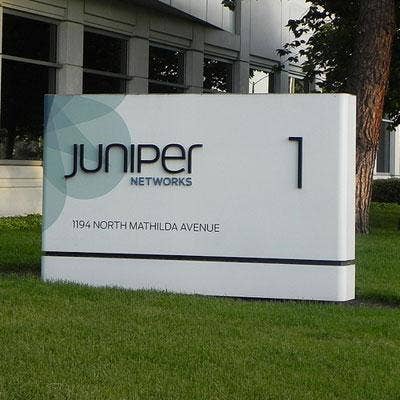
Challenger: Juniper Networks
The Sunnyvale, Calif.-based vendor has an extensive data center networking portfolio under its Unite Cloud framework. Juniper offers its Virtual Chassis Fabric for smaller networks of up to 800 servers, and its Junos Fusion for larger networks off up to 6,000 servers -- both leverage the same QFX5K and QFX10K switch families. Juniper is the No. 3 data center vendor in the market based on 2016 revenue.
Juniper Contrail is its SDN solution consisting of a virtualized overlay and a controller that can also control physical switches. Contrail also is available in an open-source version: OpenContrail. Juniper ranks No. 3 in execution and among the middle pack in vision on the Magic Quadrant.
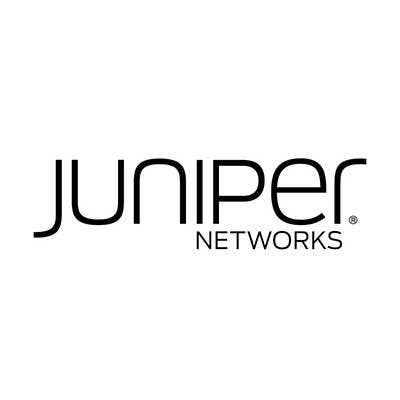
Juniper Networks
Strengths: Juniper's Contrail is a popular commercial SDN controller for OpenStack, with increasing deployments in the enterprise. The vendor favors open solutions that enable multivendor interoperability and is effective for clients that want to have at least two network suppliers for their data center.
Weaknesses: Although it made progress in 2016, Juniper still lacks some focus and market presence in the enterprise. Juniper partners with VMware for integration with NSX, which competes with Contrail. The two companies pursue their sales strategies on an account-by-account basis, which may confuse clients.
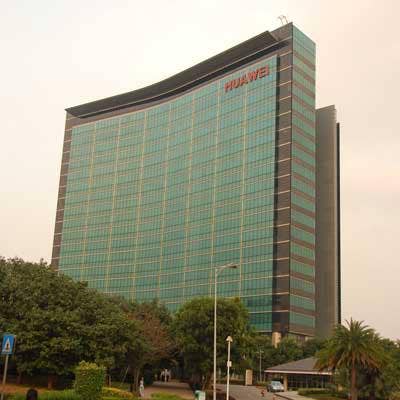
Challenger: Huawei
The China-based networking and telecom giant provides a broad range of equipment and is the vendor with the highest growth on this Magic Quadrant. Huawei more than doubled its data center networking business in 2016.
Huawei's Cloud Fabric architecture is based on a controller and spine-and-leaf design. The company's strategy is to support multiple controller alternatives, leveraging open standards when possible and providing flexible design options to clients through its CloudEngine switches and software products. Huawei ranks No. 4 in execution and among the middle of the pack in vision on the Magic Quadrant.
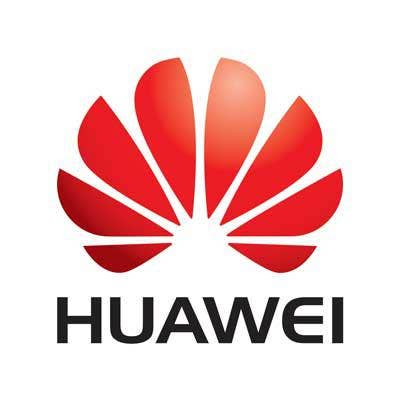
Huawei
Strengths: Huawei has a broad set of data center switches from big chassis to fixed form factor that can support the buildout of data center networks of any size. The vendor has massive financial resources and keeps investing in the development of regional markets, increasing its footprint outside China and focusing on expansion in regions with a favorable geopolitical environment.
Weaknesses: Huawei only has a small presence in the U.S., and geopolitical concerns might be a factor in this and other markets. Complex customer deployments that need deep expertise are sometimes supported by technical resources located in China, which can sometimes create challenges and delays.
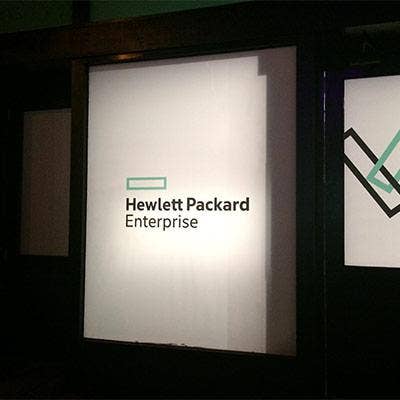
Challenger: Hewlett Packard Enterprise
After selling 51 percent of its main data center switching offerings to H3C last year, Hewlett Packard Enterprise has pivoted its strategy toward becoming a reseller and systems integrator. HPE is focused on integrating Arista Networks data center switching products into its portfolio, while continuing to expand its Altoline open networking portfolio through partnerships with Big Switch Networks and Nuage Networks.
HPE also retains 49 percent ownership of the New H3C Group and will continue to sell H3C FlexFabric solutions to support existing networks for the foreseeable future. The Palo Alto, Calif.-based company is ranked last on the Magic Quadrant in vision, but No. 5 in execution.
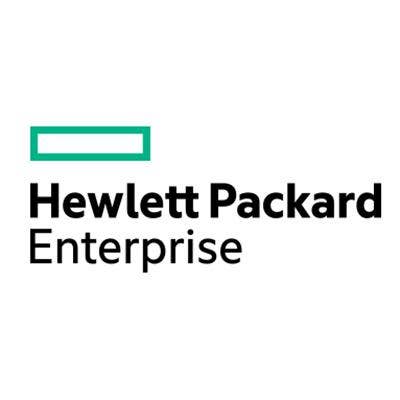
Hewlett Packard Enterprise
Strengths: HPE offers flexible business models such as Flexible Capacity, which is on-demand pricing for data center infrastructure, to address the changing needs of enterprise customers as workloads migrate to the cloud. HPE has global reach with a strong presence in enterprise data centers.
Weaknesses: With no direct control of the majority of its networking technology, HPE may lag in delivering key technologies or form factors that are critical to its strategies within enterprise data centers. HPE is moving away from its internally developed data center network offerings and becoming an integrator.
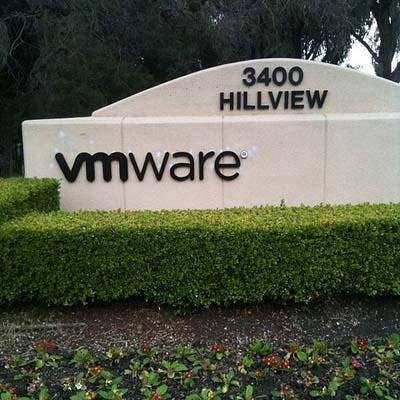
Visionary: VMware
Palo Alto, Calif.-based VMware provides software offerings for cloud infrastructure and digital workspaces. Its network virtualization platform, NSX, consists of a controller and virtual switches running in each hypervisor. The SDN overlay can run on top of any physical network underlay.
VMware is leveraging its strength in the virtualization market to promote NSX, especially when clients are renewing their vSphere licenses, which has resulted in a total installed base of more than 2,400 customers and 850 production deployments. VMware is ranked No. 2 in vision and among the middle of the pack in execution on the Magic Quadrant.
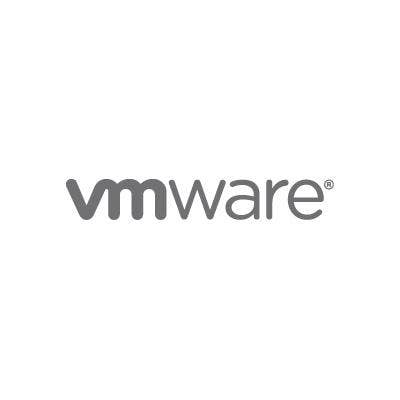
VMware
Strengths: VMware virtual switches are widely deployed, reliable and well-known by customers. Its offerings for infrastructure virtualization go beyond networking, and its ability to integrate NSX with other software platforms provides it with strong differentiation from vendors focused solely on networking.
Weaknesses: The company cannot provide a complete offering that includes the physical network, so customers must deal with other networking vendors for hardware. When NSX controls physical switches through Virtual Tunnel End Points integration, there are limitations in the microsegmentation that can be achieved.
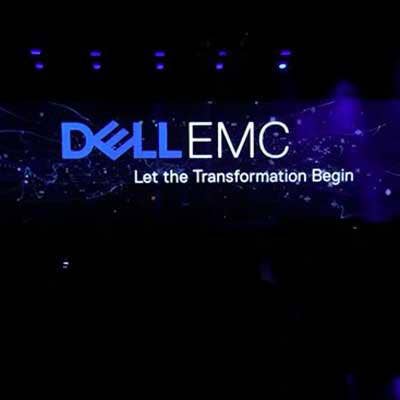
Visionary: Dell EMC
After Dell's blockbuster acquisition of EMC last year, the combined company has continued its Open Networking strategy. The vendor provides its own integrated hardware and software switching products, but also supports other vendors' software such as Big Switch Networks and Cumulus Networks to run on Dell switches.
Dell EMC both partners and competes with other vendors on in this list. The vendor is ranked among the middle of the pack in both execution and vision on the Magic Quadrant.

Dell EMC
Strengths: The company's portfolio of hardware and software switching platforms addresses most enterprise data center networking use cases as well as scale-out cloud solutions. Dell EMC also provides compute, storage and integrated system infrastructure, with Gartner expecting an increase in bundling including VMware NSX.
Weaknesses: Dell has limited brand awareness and visibility in networking compared with the leading vendors in this Magic Quadrant, while its networking channel is also less robust than some competitors. The number of available software options to run on its switches can create confusion among customers regarding which option is ideal.
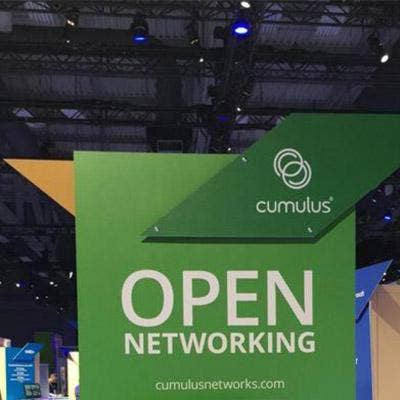
Visionary: Cumulus Networks
New this year to Gartner's data center networking Magic Quadrant is Mountain View, Calif.-based Cumulus Networks, which provides software for switches. Cumulus Linux is the company's flagship network operating system (NOS) that can be on multiple vendor's switches including Dell, HPE, Edgecore Networks and Supermicro. The company also offers its own complete switch, Cumulus Express, which is a turnkey solution.
Cumulus has more than 500 paying customers and Gartner estimates that 30 percent of its installed based is enterprise, with the rest being providers of services. Cumulus is ranked No. 3 in vision on the Magic Quadrant, but near the bottom in execution.
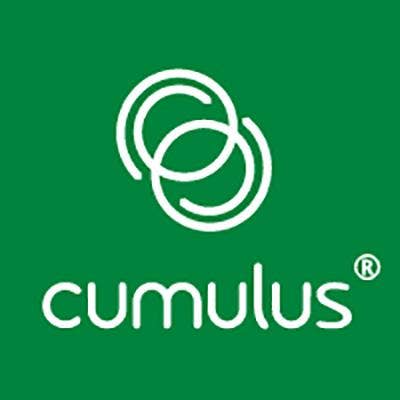
Cumulus Networks
Strengths: Its software provides native support for a wide range of Linux-based tools such as automation software from Puppet, Chef and Ansible. Cumulus enables disaggregation of NOS from hardware, which Gartner says reduces capital and operational costs by 30 percent to 60 percent, while reducing potential vendor lock-in.
Weaknesses: Cumulus has a limited installed base and experience in mainstream enterprise networking environments, with low geographic coverage outside North America. The company's hardware portfolio, Cumulus Express, is limited in terms of form-factor breadth.
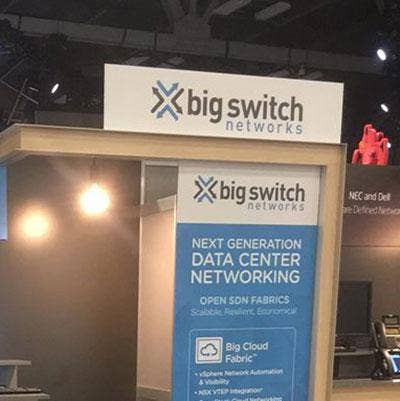
Visionary: Big Switch Networks
Santa Clara, Calif.-based Big Switch Networks is another new vendor that made Gartner's data center Magic Quadrant in 2017. Big Switch delivers programmable SDN offerings based on open hardware. Its Big Cloud Fabric is a controller-driven data center offering based on a spine-and-leaf design that uses white-box switches, enabling enables rapid provisioning, simplified operations through a GUI and programmability through an API.
The vendor uses its network packet broker solution, Big Monitoring Fabric, as a Trojan horse in accounts that are not ready for white-box switches as their primary data center network. Big Switch is ranked No. 4 in vision on the Magic Quadrant, but near the bottom in execution.
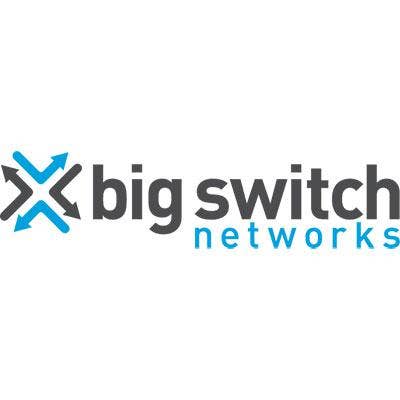
Big Switch Networks
Strengths: The company's BCF eliminates the need to use a CLI due to its centralized controller with an intuitive GUI that provides network management and analytics through a single pane of glass. Big Switch provides a cost-effective SDN fabric based on standard hardware that can result in three-year total cost of ownership (TCO) savings of up to 50 percent.
Weaknesses: Big Switch is a small company with limited experience in integration with complex enterprise environments with extensive legacy equipment. Despite being an early proponent of open SDN and OpenFlow, Big Switch uses a proprietary protocol within its BCF that does not allow third-party switches to be integrated into the fabric.
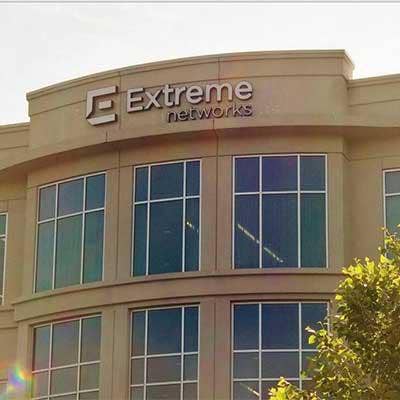
Niche Player: Extreme Networks
Although currently a smaller player in the data center networking market, Extreme Networks is planning to acquire the data center networking assets of Brocade Communications, as well as the data networking portfolio from Avaya in 2017. When these deals are completed, Gartner said Extreme's presence in the data center networking market will nearly triple in size.
Integration of these wide-ranging technologies will be challenging, and existing and potential customers should ask for a clear strategy on how existing platforms will be supported, as well as Extreme's future platform and software road map, according to Gartner. Extreme Networks is ranked among the middle of the pack in both execution and vision on the Magic Quadrant.
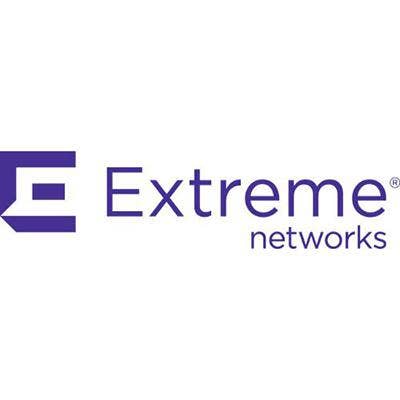
Extreme Networks
Strengths: Extreme is a pure-play network alternative with offerings in wired and wireless campus and data center, which appeals to midmarket clients looking for a one-stop LAN shop. The vendor offers aggressive pricing in competitive situations and has very strong customer support, ranking near the top of reference surveys and Gartner client discussions.
Weaknesses: As Extreme combines the support and engineering resources from Avaya and Brocade, it will be challenged to support all existing hardware and software platforms for years, so customers might be facing a platform refresh sooner than expected. The vendor has been slow to deliver newer technologies such as 25-GbE top-of-rack and EVPN.
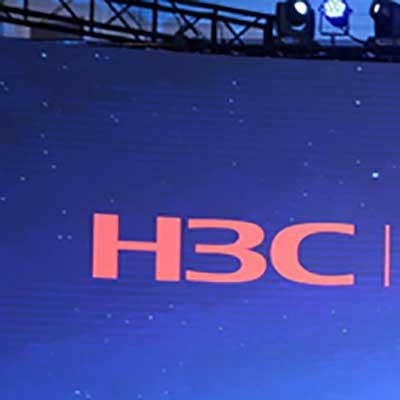
Niche Player: New H3C Group
China-based New H3C Group has a complete portfolio of enterprise offerings including networking, firewalls, servers, storage and hyper-converged systems, while also providing a full range of HPE-branded servers and services. The company released its VCF Controller product that provides automated switching fabric management software.
New H3C Group competes directly in China but is leveraging HPE to sell and support customers outside the Asia-Pacific region. New H3C Group ranks among the middle of the pack in execution but near the bottom in vision on the Magic Quadrant.
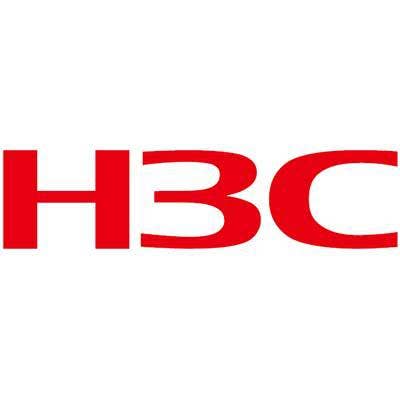
New H3C Group
Strengths: New H3C Group has a solid portfolio of data center networking switches with different form factors and interface speeds. It can also provide x86 compute, storage and firewall capabilities that is appealing to organizations looking for a full-stack single-vendor offering. In 2016, the vendor was the No. 3 market leader when measured by total data center networking port shipments.
Weaknesses: New H3C Group is focused solely on selling data center networking offerings in China. The vendor is reliant on HPE as its primary route to market outside China; however, HPE is pivoting toward Arista Networks as its lead offering instead of New H3C Group in certain geographies. Gartner believes this will reduce the vendor's ability to sell and support customers outside China.
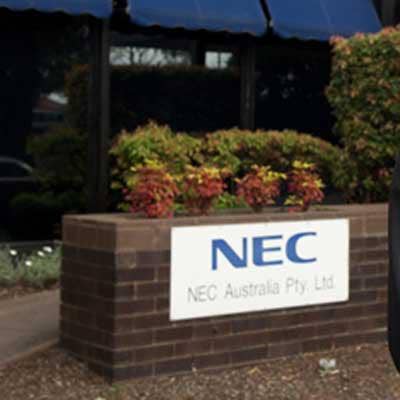
Niche Player: NEC
Tokyo-based NEC has been one of the leaders driving SDN into the data center. Its number of SDN customers more than doubled during 2016 as NEC enhanced its controller software to support large-scale environments and increased software functionality including support of non-OpenFlow switches. The vendor has also expanded the number of supported third-party switches.
Gartner estimates that NEC has deployed over 400 enterprise SDN networks -- mostly in Japan. NEC ranks near the bottom in both execution and vision on the Magic Quadrant.
NEC
Strengths: NEC is one of the leaders in standards-based SDN deployments, with significant experience across a wide number of use cases. The vendor has strong service capabilities for enterprises deploying SDN to meet a variety of business needs.
Weaknesses: Its hardware portfolio lags the requirements for early adopters, with a limited portfolio of older switch platforms and no support for 25G and 100G interfaces. NEC has a limited marketing budget and lacks coordination among its regional business units, resulting in limited awareness outside Japan.
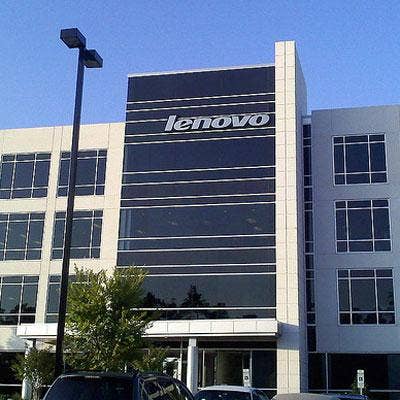
Niche Player: Lenovo
Lenovo focuses on the server access and aggregation portion of the data center network. The Morrisville, N.C.-based vendor provides top-of-rack switches and embedded switches for data center server systems, and their switches can also be integrated in multivendor server and networking environments.
Lenovo has launched a new NOS: the Lenovo Cloud Network Operating System. Lenovo is ranked last in execution and near the bottom in vision on the Magic Quadrant.
Lenovo
Strengths: The company provides integrated blade switches for Lenovo's server platforms, including BladeSystem and Flex System with top-of-rack switches that deliver a consistent networking experience for customers deploying both blade and rack services. Lenovo supports the Open Network Install Environment (ONIE) on some of its switches, indicating future support for disaggregation.
Weaknesses: Lenovo lacks several features that are increasingly important in the data center networking market, including Virtual Extensible-LAN, VMware NSX certification and native support for Puppet and Chef. The company has limited brand visibility and awareness as a networking vendor.